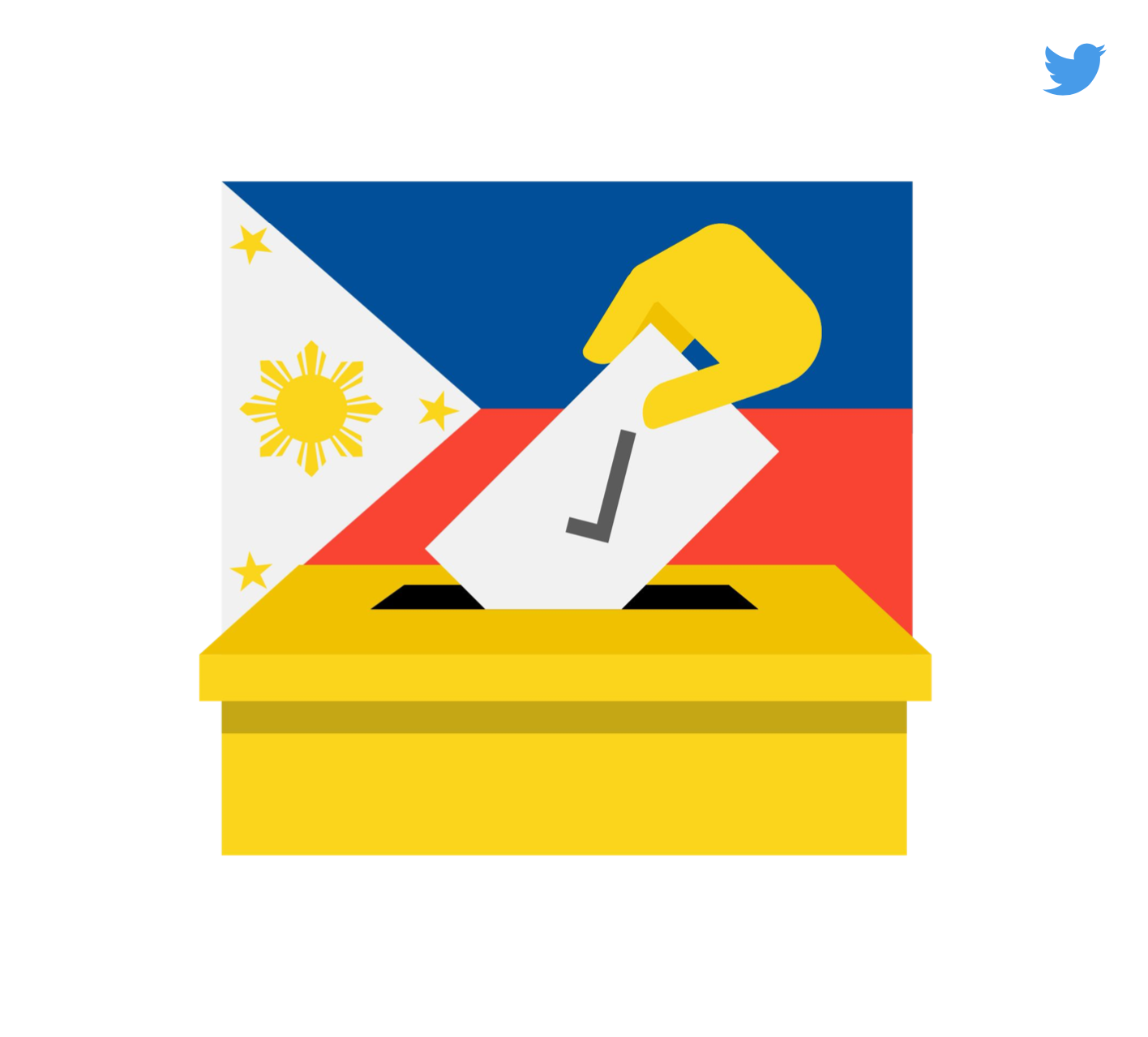We may as well remain undecided until the eleventh hour
By Benign0
Blogs and websites that fall within the little corner of the Net that I inhabit are abuzz with all sorts of political “analysis” and partisan posturing. You get the sense that everyone’s pretty much taken a “stand” in one form or another with regard to the coming elections. But then paying too much attention to the chattering classes — and the stuff they chatter about – predisposes one to neglect taking into account the proverbial elephant in the room: those who remain silent – and the stuff they remain silent about. Indeed, many of those who remain undecided remain silent. Their silence introduces uncertainty to our effort to predict the outcome of this year’s presidential election.
Various sources put the current proportion of undecided voters expected to turn out for the May Philippine presidential elections at anywhere from two to six percent. That hardly constitutes a big enough proportion to call an “elephant”. But one could argue that two to six percent is a big enough number in a race such as what we are seeing this year, where a bunch of largely undifferentiated candidates are doggedly nipping away at the lead of a spectacularly mediocre but popular one. Indeed, if I were one of the two “lesser evils” currently leading neck-and-neck, I’d be worried about a measly million-odd bunch of undecided voters (chalk another one up for our renowned heritage of smallness!).
To begin with, I find that those who pontificate loudly about “their” candidate give us no more than a 70% confidence level (by my own personal reckoning) that they will actually see the candidate they publicly endorse through to what they write on the ballot itself. In short, some bozo can chant their candidates’ slogans and taglines ‘til the cows come home for, say, the 10 months leading up to an election day only to come across a really persuasive eleventh-hour campaigner from another camp as he walks into the precinct to cast his vote – persuasive enough for him to think again. I’ve seen everything from quaintly rabid “supporters” of one candidate do a 180-degree halfway through that arbitrary ten-month period all the way through to some real nimrods who’ve done such turnarounds three to five times over the same period.
If, say, I’m on the mark with my 70% confidence level that what one voter says will necessarily reflect what his ballot ultimately looks like, come election day, then that’s a 30% uncertainty over the 94 to 98 percent of voters classified as “decided” by one two-bit survey agency or the other. The key principle at work here is the degree of uncertainty when considering which is the bigger issue – the Undecideds or the Decideds.
[Warning to the mathematically-challenged as a bit of probability theory follows…]
When worrying about potential election outcomes, consider this:
- Six percent “undecided” voters translates directly to six percent uncertainty (full stop); but then,
- 30% uncertainty over 94% of supposedly “decided” voters translates to (30% multiplied by 94%) 28% uncertainty.
- “Decided” voters present a 28% degree of uncertainty to this year’s election outcomes.
- “Undecided” voters present a 6% degree of uncertainty to this year’s election outcomes.



